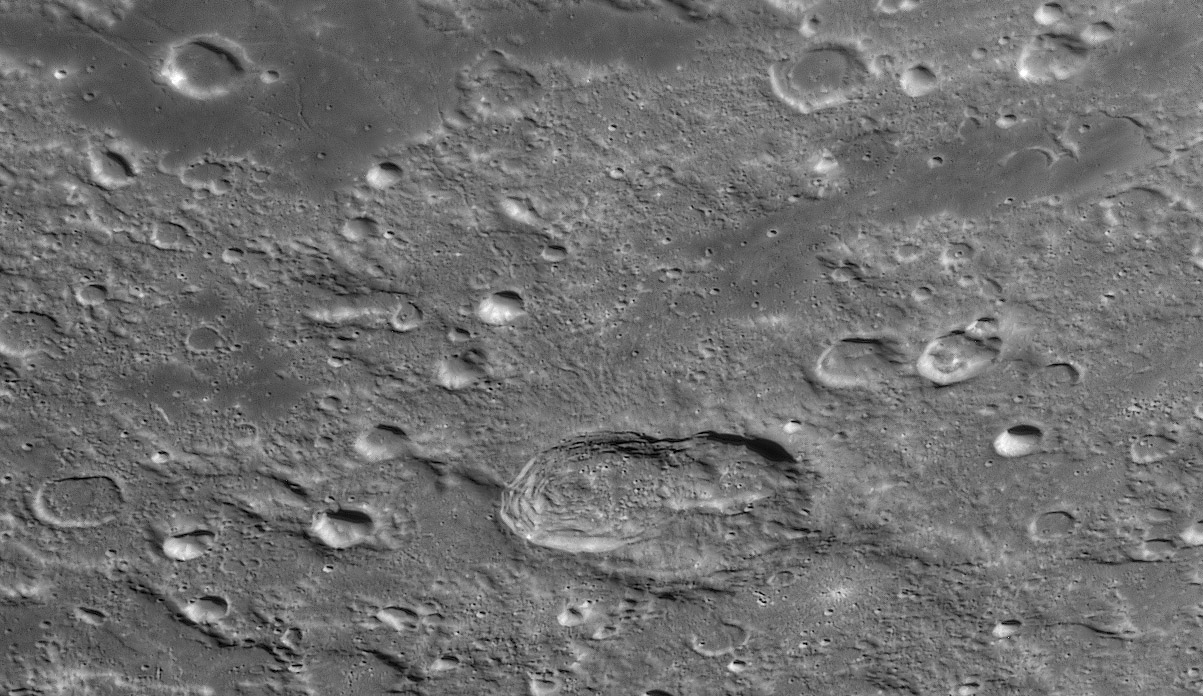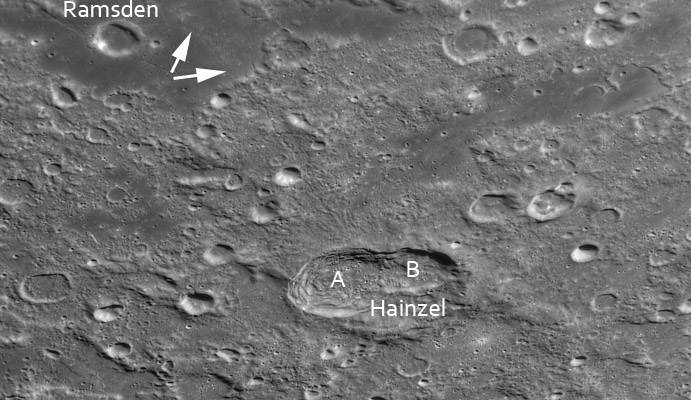Difference between revisions of "May 16, 2013"
| (5 intermediate revisions by the same user not shown) | |||
| Line 1: | Line 1: | ||
__NOTOC__ | __NOTOC__ | ||
=Lonesome Chain= | =Lonesome Chain= | ||
| + | <!-- Start of content --> | ||
<!-- ws:start:WikiTextHeadingRule:0:<h1> --> | <!-- ws:start:WikiTextHeadingRule:0:<h1> --> | ||
<!-- ws:start:WikiTextLocalImageRule:14:<img src="/file/view/LPOD-May16-13.jpg/431945532/LPOD-May16-13.jpg" alt="" title="" /> -->[[File:LPOD-May16-13.jpg|LPOD-May16-13.jpg]]<!-- ws:end:WikiTextLocalImageRule:14 --><br /> | <!-- ws:start:WikiTextLocalImageRule:14:<img src="/file/view/LPOD-May16-13.jpg/431945532/LPOD-May16-13.jpg" alt="" title="" /> -->[[File:LPOD-May16-13.jpg|LPOD-May16-13.jpg]]<!-- ws:end:WikiTextLocalImageRule:14 --><br /> | ||
| Line 17: | Line 18: | ||
<br /> | <br /> | ||
<strong>Related Links</strong><br /> | <strong>Related Links</strong><br /> | ||
| − | Rükl plate [ | + | Rükl plate [https://the-moon.us/wiki/R%C3%BCkl_63 63]<br /> |
| − | <em>[ | + | <em>[[21st Century Atlas of the Moon|21st Century Atlas]]</em> chart 24.<br /> |
</td> | </td> | ||
</tr> | </tr> | ||
</table> | </table> | ||
<br /> | <br /> | ||
| + | <p><b>Yesterday's LPOD:</b> [[May 15, 2013|Heavy On the Hydrogen]] </p> | ||
| + | <p><b>Tomorrow's LPOD:</b> [[May 17, 2013|Steps To the Pole]] </p> | ||
<hr /> | <hr /> | ||
| + | {{wiki/ArticleFooter}} | ||
Latest revision as of 07:32, 28 October 2018
Lonesome Chain

approximate north up image by Mike Wirths, Baja California, Mexico
 |
Hainzel A and B were probably formed by the simultaneous impact of a split comet or asteroid. Hainzel may have been a pre-existing older crater or perhaps was formed slightly earlier as part of the A/B collisions. What is remarkable is the very asymmetric distribution of ejecta. There is very little in any direction except to the north towards Ramsden. A broad swath of radial ridges and gullies extend from A about 30 km. Beyond that a single squiggly chain of secondaries goes 150 km from the crater rim to the edge of the mare. The chain extends another 35-40 km across the mare with a surrounding pin-pricks of brightness. The LRO QuickMap shows this extension across the mare to be a classic herringbone secondary chain with slightly overlapping craters wrapped in ejecta, making a v-pattern. This entire 190 km long chain is radial to the intersection of A and B, rather than the center of A. This seems to be strong evidence that A and B did form simultaneously. I can't see evidence of the herringbone pattern anywhere along the chain except where it cuts the mare. Perhaps the highland terrain is too rough for it to form.
|
Yesterday's LPOD: Heavy On the Hydrogen
Tomorrow's LPOD: Steps To the Pole
COMMENTS?
Register, Log in, and join in the comments.



